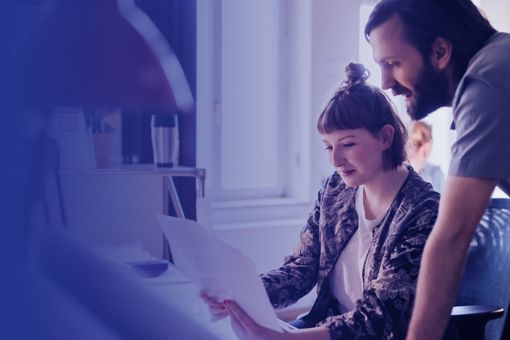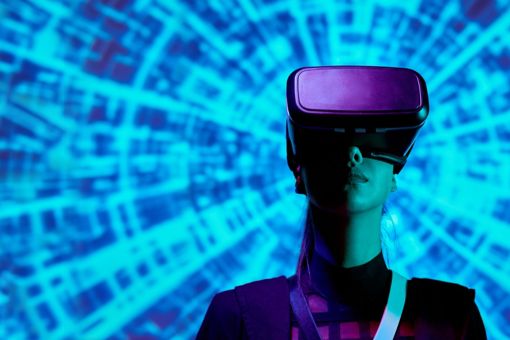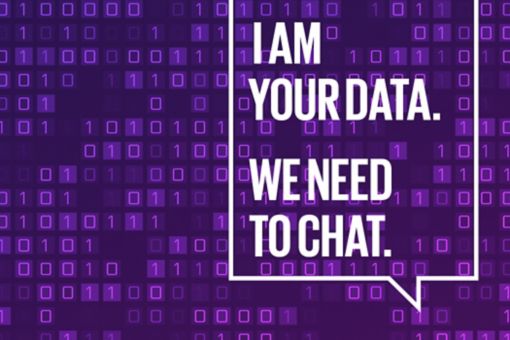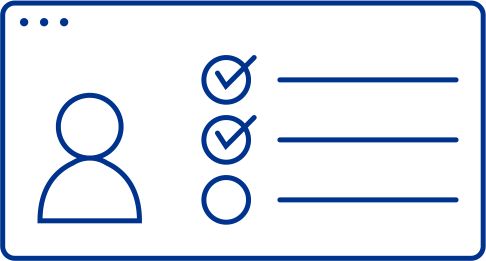We work with established entrepreneurs, family business, private clients, not-for-profit, mid-market and fast-growing organisations.
Our specialist Mid-Market & Private advisers are dedicated to helping you and your business meet your goals, no matter where you are in your growth journey.
Whether you’re looking to reach new heights, embrace technology and digitisation, reassess R&D requirements, safeguard your business, plan for an exit, or manage the transition of wealth or your business to the next generation, our Mid-Market & Private business specialists are here for you.
From KPMG’s diverse team of over 1,100 people across 15 offices in 3 countries, you’ll gain access to an experienced, trusted adviser – a single point of contact who shares your entrepreneurial mindset.
With access to KPMG’s global resources and alliance network, we’ll help you drive your business forward and reach your goals with our market-leading family, mid-market and private business tax, audit, R&D, technology advisory and cyber security services. It’s a local touch with a global reach.
We have a range of services to help you succeed at every stage of your business’s lifecycle, whether starting, growing, strengthening or exiting.
Services for your type of business
Don't miss a trick
Our webinar series to help mid-market & private businesses thrive in a competitive market.
Our Private Insights Series offers the opportunity to gain insights from KPMG advisers and other thought leaders on how to navigate the complexities of managing family wealth and to share the experiences of your peers as owners and managers of family wealth.
KPMG Mid-Market & Private insights
Read our latest KPMG thought leadership and insights.
4 Results
Please make another selection



















